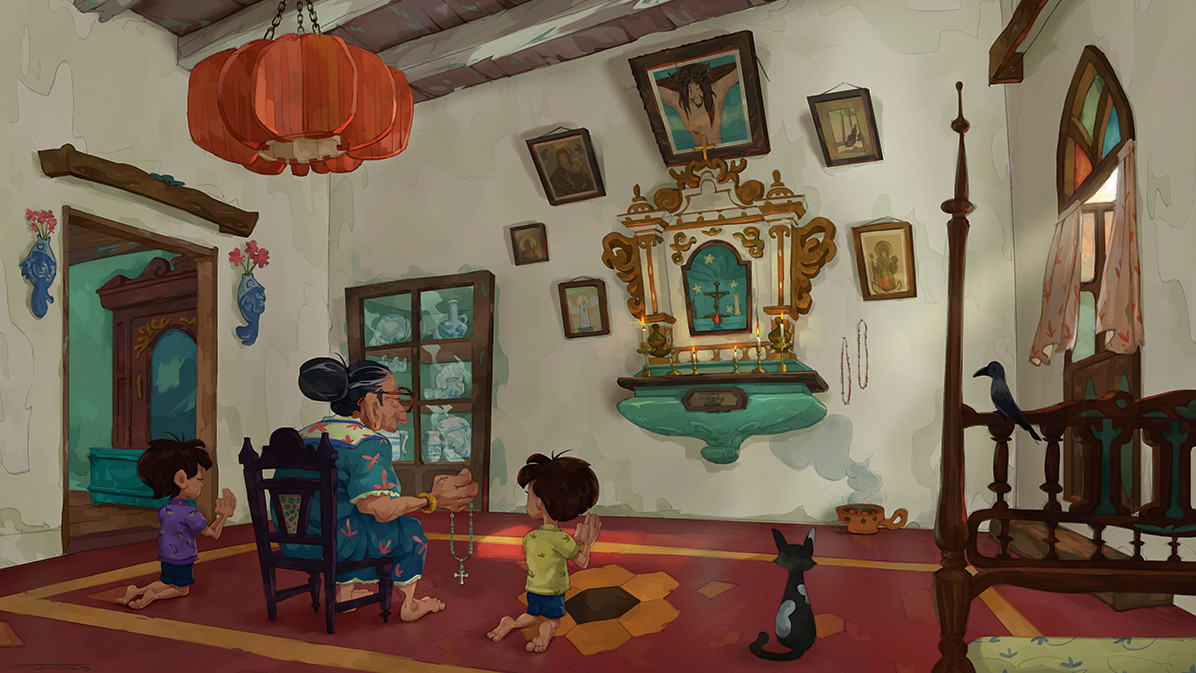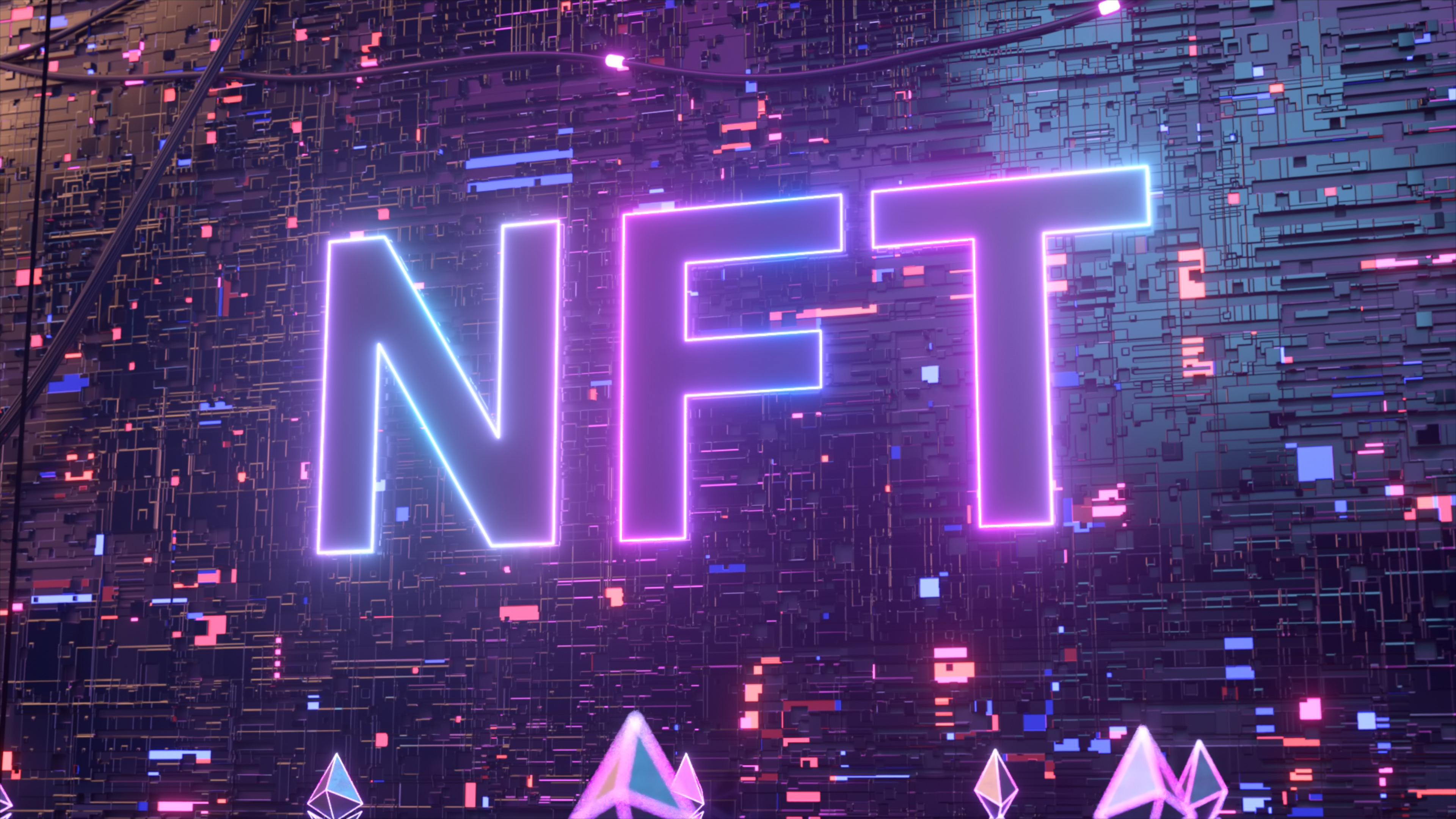
NFT scams are a reality. As more artists and designers embrace NFTs and are exposed to the this new technology and revenue streams the more NFT scams we'll likely see. To keep yourself safe you need to acknowledge NFTs are a new technology and need improvements, and understand NFT scams and crypto scammers are a reality of the current state of play.
NFTs, or non-fungible tokens, are a way of registering digital files such as art, video and game assets on a blockchain, which creates a scarcity and adds a value to these items. They can be sold and resold, ensuring digital artists a new revenue stream and promise of ownership and rights. We have a guide, What are NFTs, and a tutorial on how to create an NFT for free to explain more.
There are ways to keep yourself save online and create and buy NFTs without losing to NFT scams
According to NBC , in 2021 alone crypto scammers stole $14 billion largely due to the boom in decentralised finance. This comes on the back of over $22 billion being spent on NFTs in the same year, according to ArtNews. So while more people than ever are entering the NFT and crypto space, there's also cause to be weary and educated yourself on the pitfalls of using NFTs.
Being able to avoid NFT scams can be down to knowing what to look out for, and often a little caution is a good thing. There's often uncertainty in buying an NFT, as well as panic-selling buyer's remorse can be common. But there are ways to keep yourself safe online and create and buy NFTs without losing out to NFT scams.
A report by Privacy HQ found most NFT holders and creators are already taking steps, such as preferring to use a desktop app over a mobile app. The survey also found 65% of NFT holders use a two-step authenticator and 47% backup their NFTs – both are good practices. Below we take a look at the most common NFT scams and offer advice on how to avoid them.
NFT scams and how to avoid them
01. The rug pull
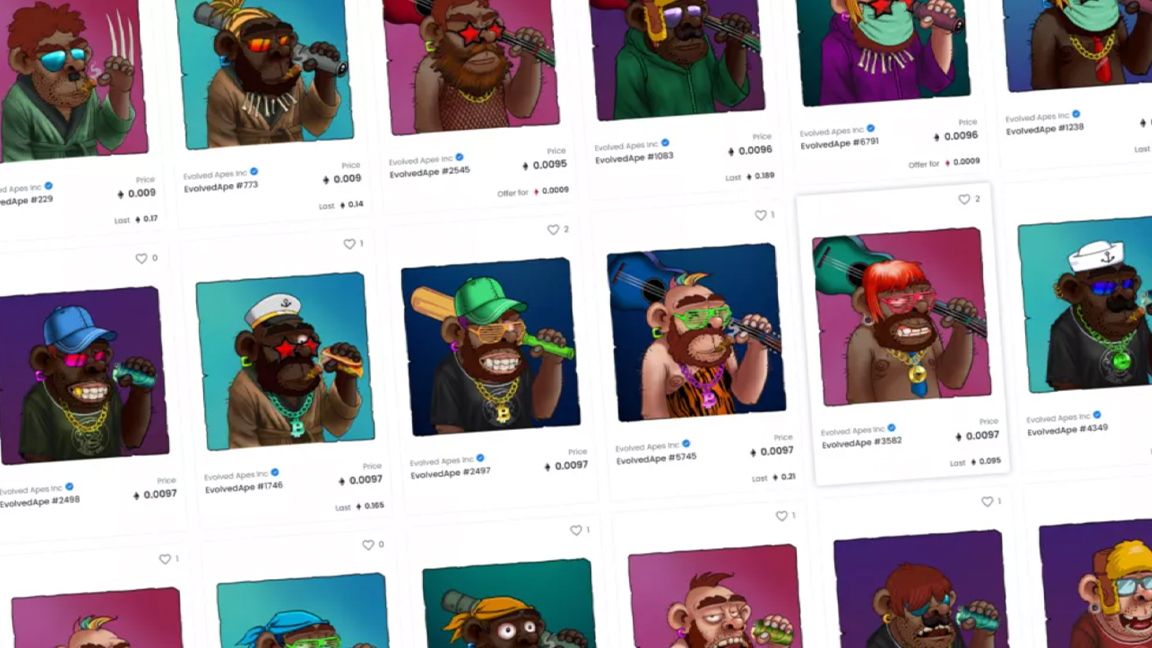
This happens when a new NFT project raises a lot of money in a short time through hype and bluster, often associating itself with a current successful NFT. After people buy into the NFT project, expecting a video game, community or art project, they can find the creator 'pulls the rug' leaving them with worthless NFTs.
A staggering 43.8% of respondents to Privacy HQ's survey claimed they had purchased an NFT that completely disappeared. One piece of advice is to only buy an NFT from one of the best NFT marketplaces, which have verified artists and processes set in place for complaints and returning money.
Get the Creative Bloq Newsletter
Daily design news, reviews, how-tos and more, as picked by the editors.
One of the biggest rug pulls involved an NFT that jumped on the Bored Apes Yacht Club hype. Evolved Apes was a 10,000 piece NFT collection that promised to use the NFTs to fund a blockchain video game. After raising $2.7 million the creator disappeared leaving the NFT owners with jpegs and not much else.
Be sure to check engagement and not followers, often scammers will pay for followers
You can often avoid a rug pull by doing some simple research, checking the social media accounts of the creator, looking at their history on NFT marketplaces and following links to the project. Check LinkedIn too, a good development team will be sure to post their experience and associations.
Good NFT projects will have a robust Discord or social media community long before any NFT is minted or money is exchanged. Be sure to check engagement and not followers, often scammers will pay for followers but you can't fake interest so make sure you check for any disparities.
Finally, check the details and ensure the promises being made are achievable. We'd also suggest you take a look at the NFT's roadmap, and look them up on an NFT calendar, such as NFSea.tools. These are verified and authorised creators and projects so you can be sure they're real. But as ever, make sure they align with all the other checks above.
02. NFT Pump and dump schemes
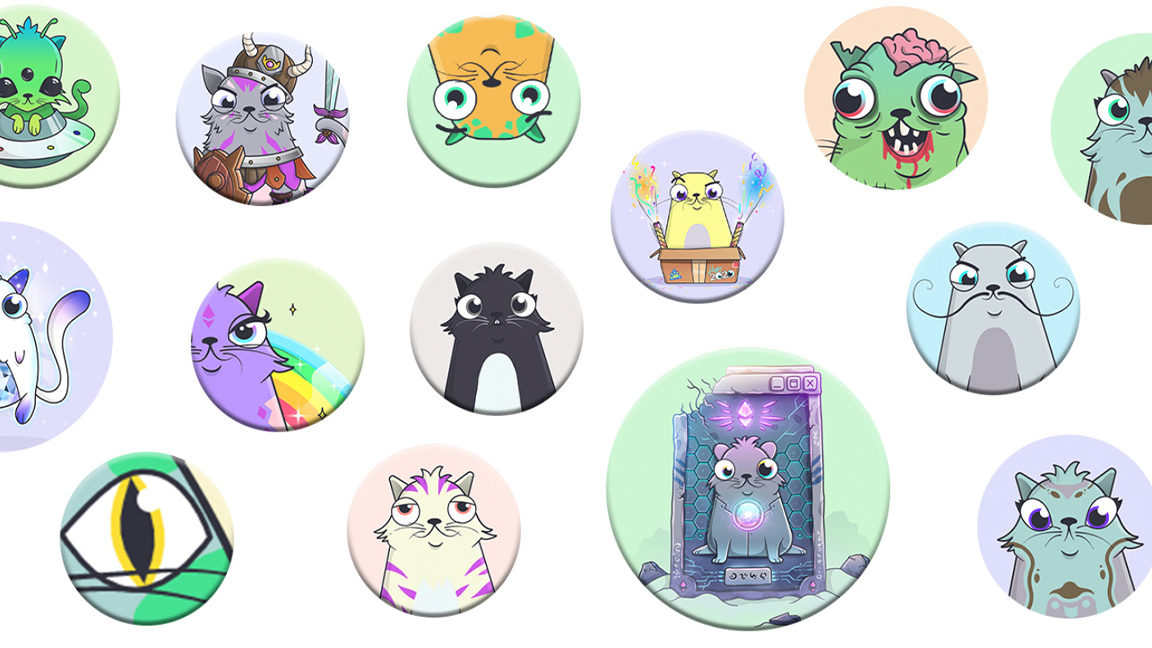
Whenever hype and money is involved you'll find pump and dumps – this is when a group buys up NFTs to artificially drive up demand. That's right, they'll buy back their own NFTs under false names and accounts. These now high value NFTs will be sold on and the creators will leave the market.
To avoid a pump and dump check the history of the wallets. The best NFT crypto will record all sales and transactions on the blockchain, and everyone can view them. On NFT marketplaces, such as OpenSea, you can view the transactions of an NFT. Using EtherScan it's also possible to view every transaction on the Ethereum blockchain.
It's good, again, to check a project's community support in Discord or Twitter and check our the engagement. Even if an NFT drops in value drastically, such as with CryptoKitties, over time, if the support is actually there, the NFT will regain its value. As a rule, good NFTs have utility.
03. Plagiarised NFTs and art theft
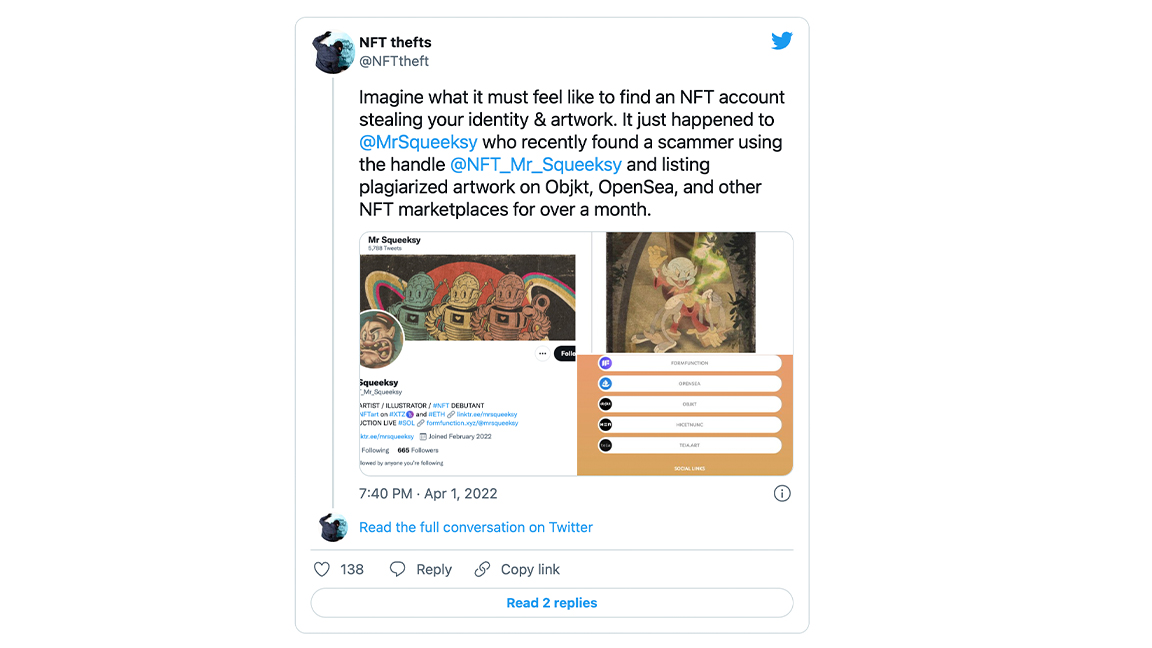
Digital artists with their art on sites such as ArtStation and DeviantArt are finding their work being downloaded and copied, then sold as NFTs on blockchains. This is becoming a huge problem for NFTs, and a source of many artists dislike of the technology. It's potentially an even greater problem as it becomes easy to mint NFTs, as our list of the best-nft-apps-for-iphone shows.
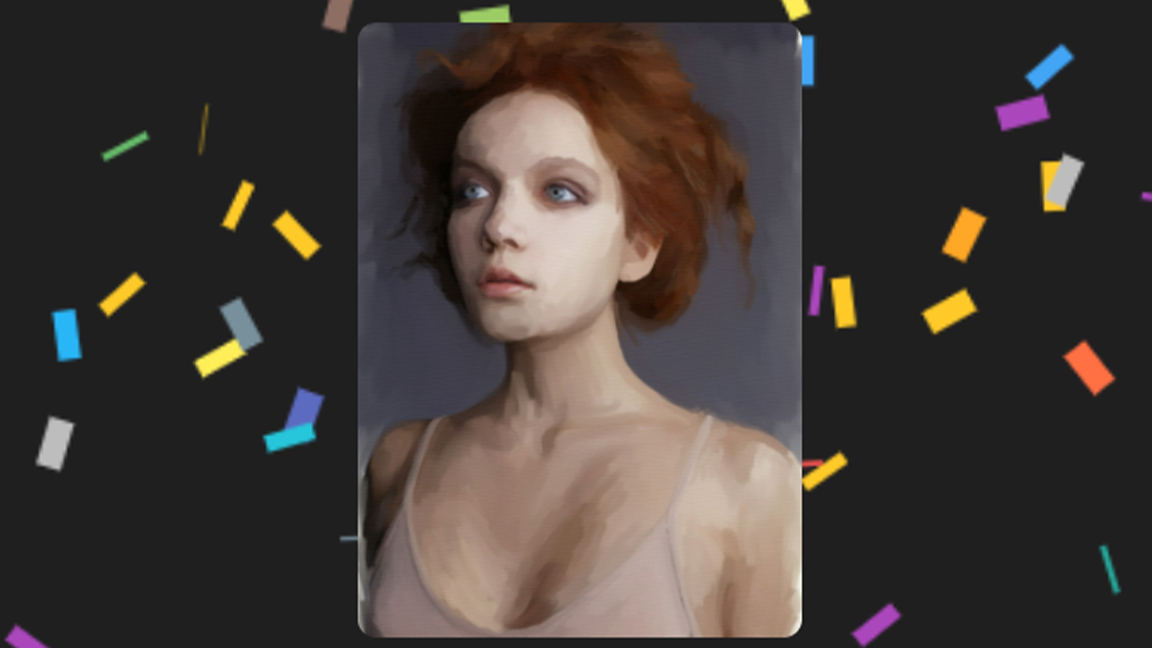
Minting a piece of art on an NFT marketplace doesn't mean you own the intellectual property rights; copyright law treats NFTs like any other kind of art. If an artist creates a piece of art they own the copyright, just because someone mints it on a blockchain doesn't mean the rights transfer to them. If you buy an NFT created from stolen art, it will be worthless.
DeviantArt has over 70 million members and it's trying to protect its users by creating a tool, called DeviantArt Protect, that can that can scan blockchains and NFT marketplaces and alert members if their art has been stolen. It's worth noting, it also scans DeviantArt itself. It has sent over 50,000 alerts to DeviantArt members about possible art theft since August 2021.
DeviantArt won't automatically take down art and neither will NFT marketplaces such as OpenSea. You'll need to contact the sites and make a complaint, but at least DeviantArt Protect offers evidence. Likewise, the advantage of blockchain technology is you can track who first minted the work, but this only works if you created the NFT first.
If you're buying an NFT, as ever, do your research. Check the seller's account for verification, on OpenSea this is a blue tick. Track the seller on social media and also check their history on NFT marketplaces. Also search for complaints, if the art is stolen you will likely find records of the real owners online.
Art theft and plagiarised art is a big problem for NFTs. It's putting off artists from taking part and leaving a vacuum of accountability. NFT marketplaces such as OpenSea still aren't doing enough to combat this problem, but we can all help by complaining when we see stolen art using OpenSea's theft form.
04. Phishing scams
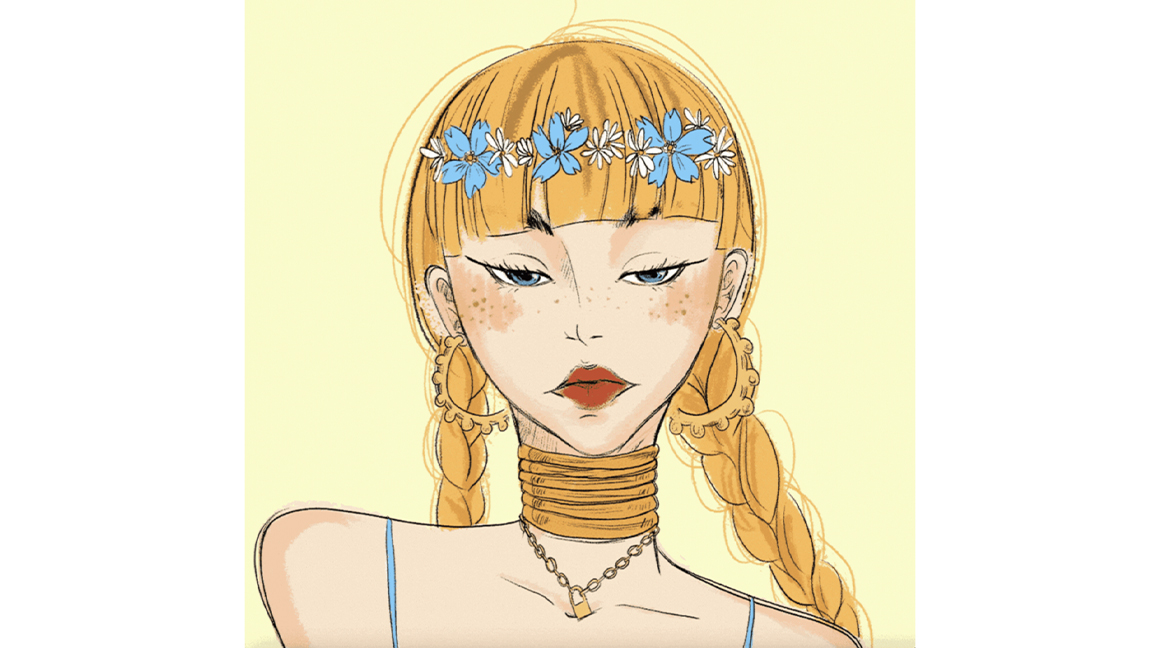
Phishing scams are not new, but in the new and complex world of NFTs and cryptocurrency it can be easy to get taken in if you're new to this technology. As ever though, phishing scams pray on two emotions, fear and greed. As new NFT drops come thick and fast, it can be easy to get swept up by the hype.
But phishing scams can happen to everyone, according to Privacy HQ's survey 16% of those asked had been victims of hacks. Scams will often ask for your security details or wallet address. Never give out information willingly, and never give out your 12-word security phrase – and store this offline, ideally in on a USB drive.
To stay safe only share wallet details with sites you trust, and never offer details if asked. Only offer details when you've gone to a site address yourself, not linked via an email or Twitter post. There are sites for good guidance too, such as the female-led Surge that offers great education on staying safe online and when creating and buying NFTs and cryptocurrency.
05. Untrustworthy sites and links
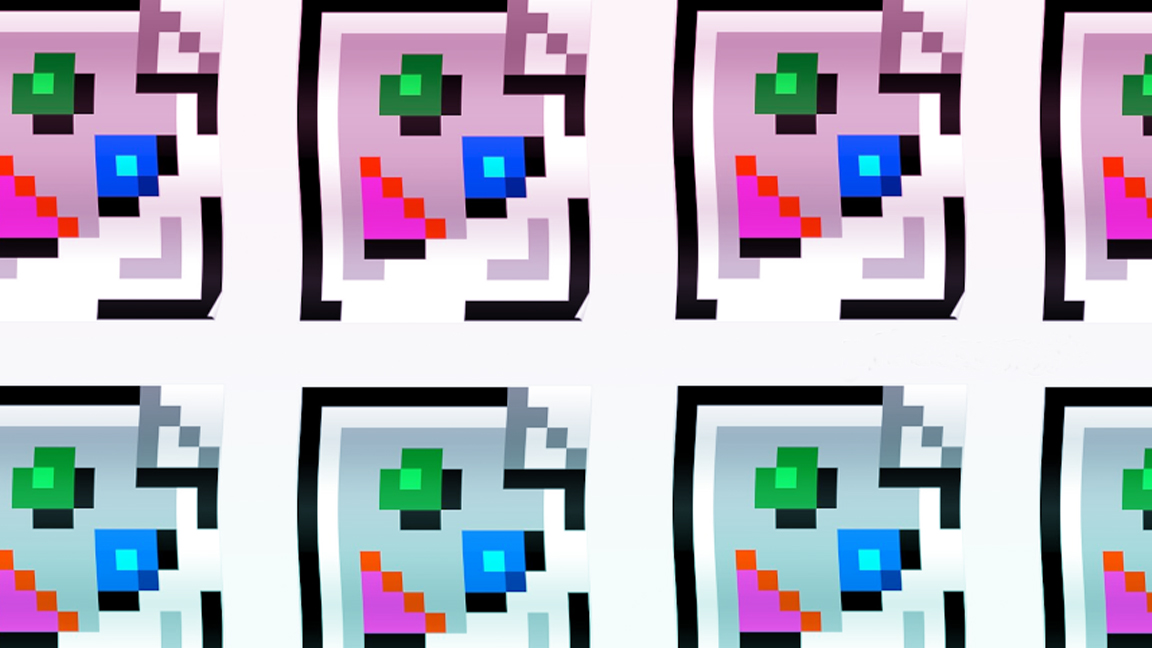
The NFT smart contract that lives on the blockchain and the actual artwork are two separate things, it's one of the reasons some people dislike NFTs. When you buy an NFT you're buying proof of ownership of the data, the link, in a sense the artwork is a thing to hang the NFT off, as our brains like to visualise big ideas to make them approachable (the NFT can represent access to a community, ownership of real life asset, and much more).
If you do buy an NFT make sure you store the asset or digital file that represented that NFT somewhere safe, don't simply accept a URL to link through to the digital file. Make sure you have it, and store it ideally offline on a USB. Seriously, don't store your associated NFT file on Dropbox or GoogleDrive. Understanding how to backup your NFT is a good way to protect yourself from scams.
There are moves to solve the asset and smart contract separation problem, for example Arweave will store your data permanently, and Solona and Avalanche are developing ways to store both the digital file (the art, video, mp4, etc) and the NFT metadata files in one package.
NFT scams: frequent questions
How do I spot a fake NFT?
Do a reverse Google image search to check the authenticity of the art. The NFT marketplace will offer verification of its sellers, too. Check for a blue mark or tick. Check Discord and social media, and ask people.
Are NFT airdrops a scam?
They can be but not all airdrops are scams. If you see an NFT airdrop on Twitter, for example, it's best to trace the project and its creators. Often legitimate NFT creators will have a road map of drops and events, and NFT calendars will also have details of verified planned drops.
What rights do I get when I buy an NFT?
Usually you don't acquire the rights to the original artwork when you buy an NFT, unless the seller enables this in the smart contract. Many newer NFT projects are enabling this, by either full ownership or part-ownership. Always check the contract.
Disclaimer: The opinions expressed in the article are for general informational purposes only and are not intended to provide specific financial or investment advice or recommendations for any individual for any investment product. The article is only intended to provide general information and opinions about NFTs. The views reflected in this article are subject to change at any time without notice.
Read more:

Thank you for reading 5 articles this month* Join now for unlimited access
Enjoy your first month for just £1 / $1 / €1
*Read 5 free articles per month without a subscription

Join now for unlimited access
Try first month for just £1 / $1 / €1

Ian Dean is Editor, Digital Arts & 3D at Creative Bloq, and the former editor of many leading magazines. These titles included ImagineFX, 3D World and video game titles Play and Official PlayStation Magazine. Ian launched Xbox magazine X360 and edited PlayStation World. For Creative Bloq, Ian combines his experiences to bring the latest news on digital art, VFX and video games and tech, and in his spare time he doodles in Procreate, ArtRage, and Rebelle while finding time to play Xbox and PS5.
